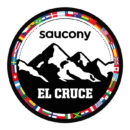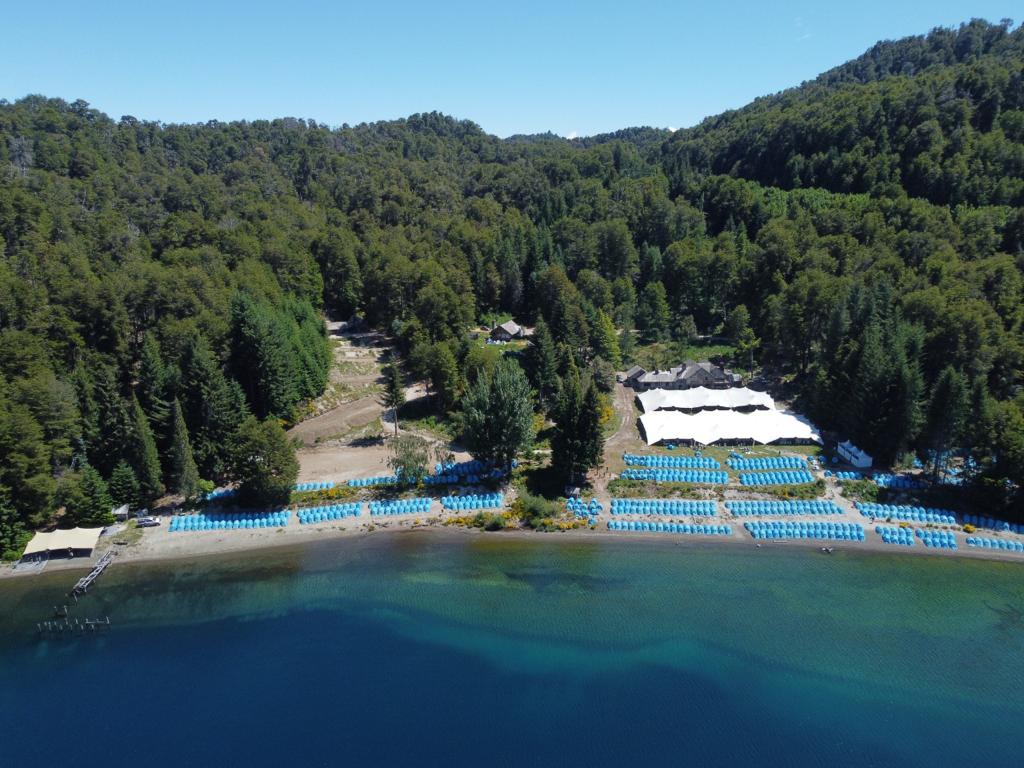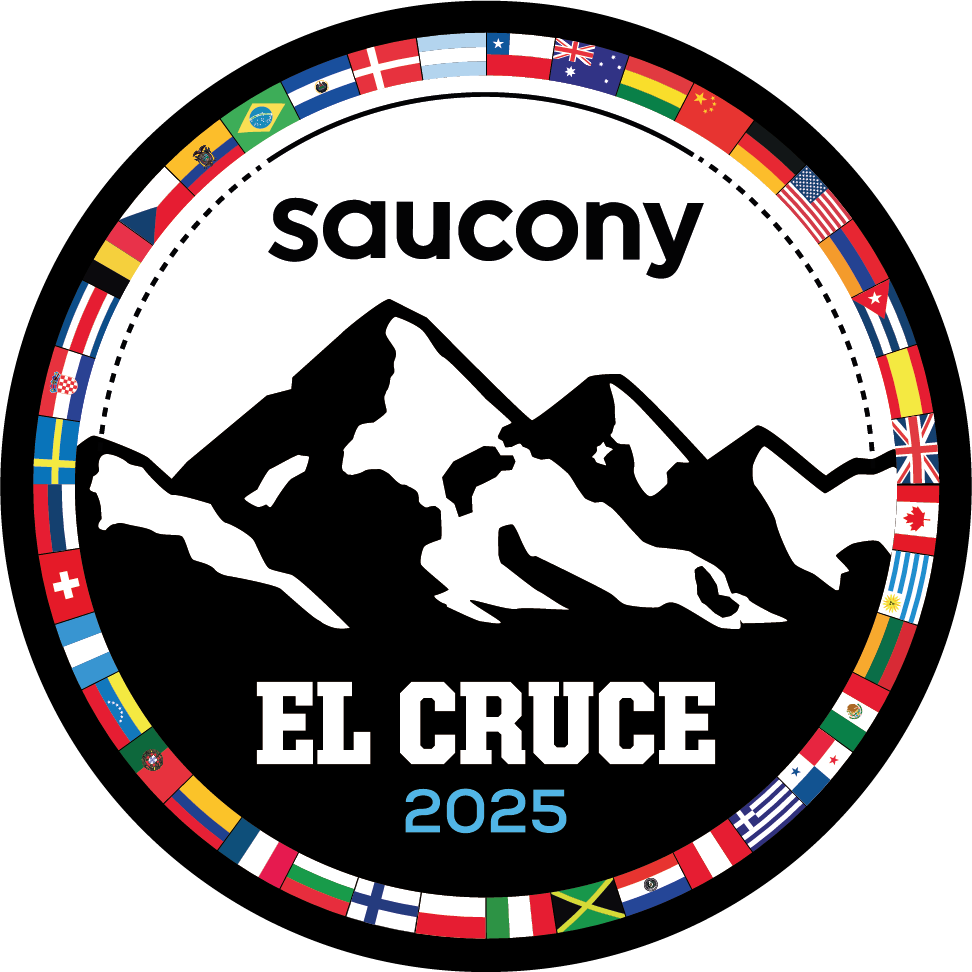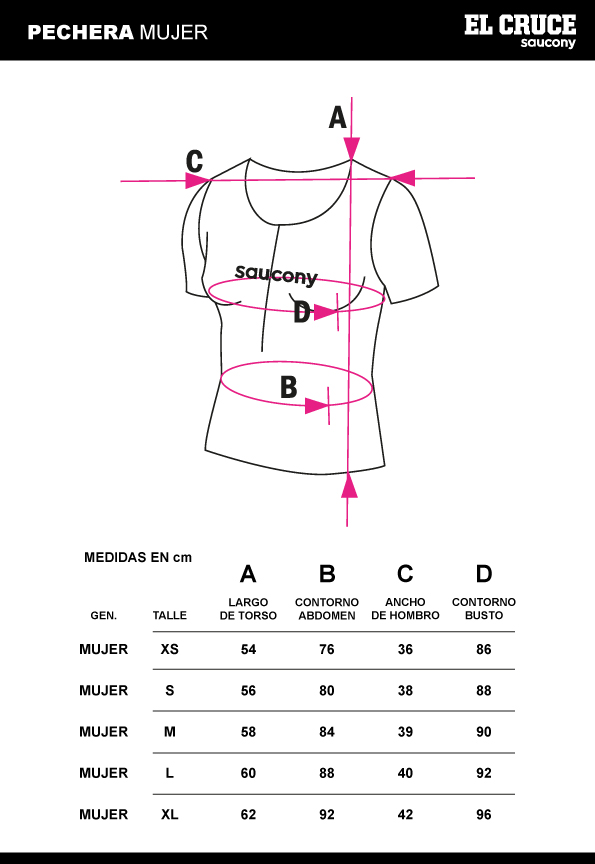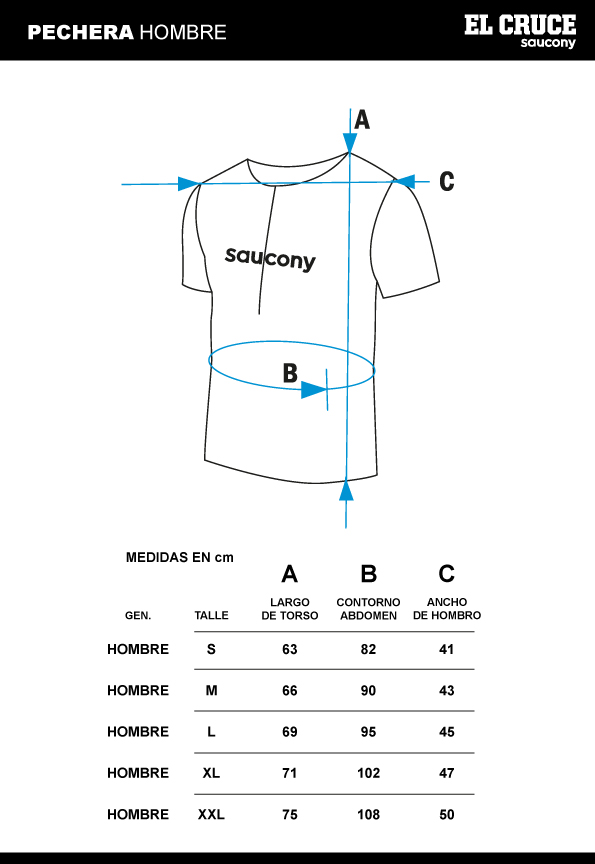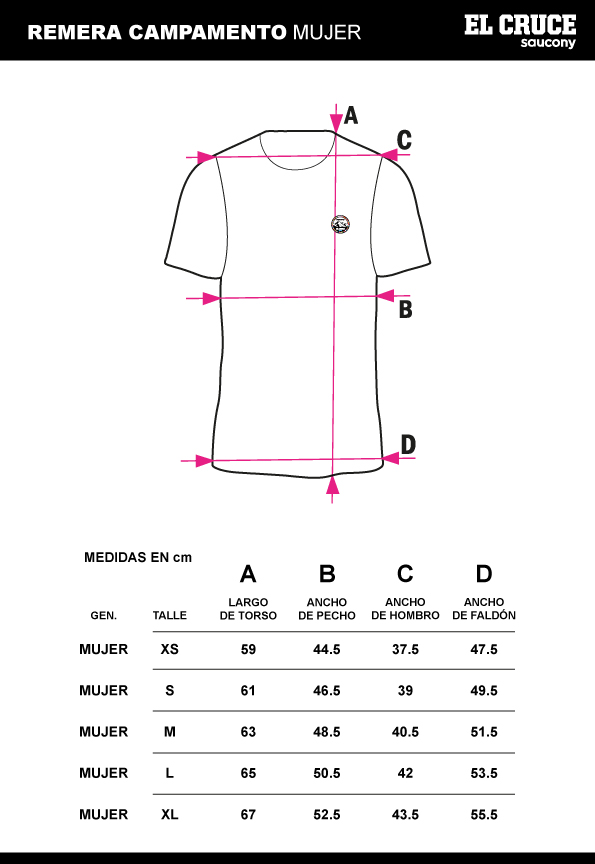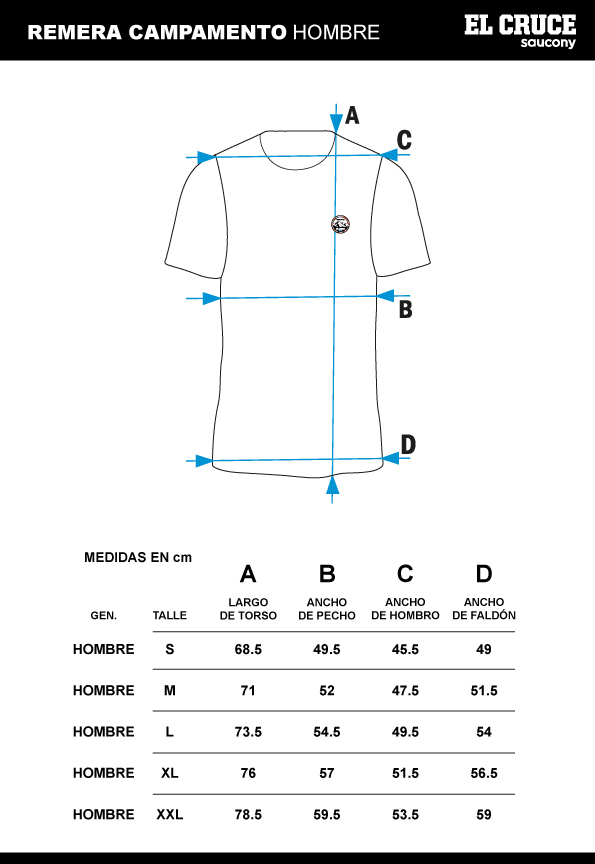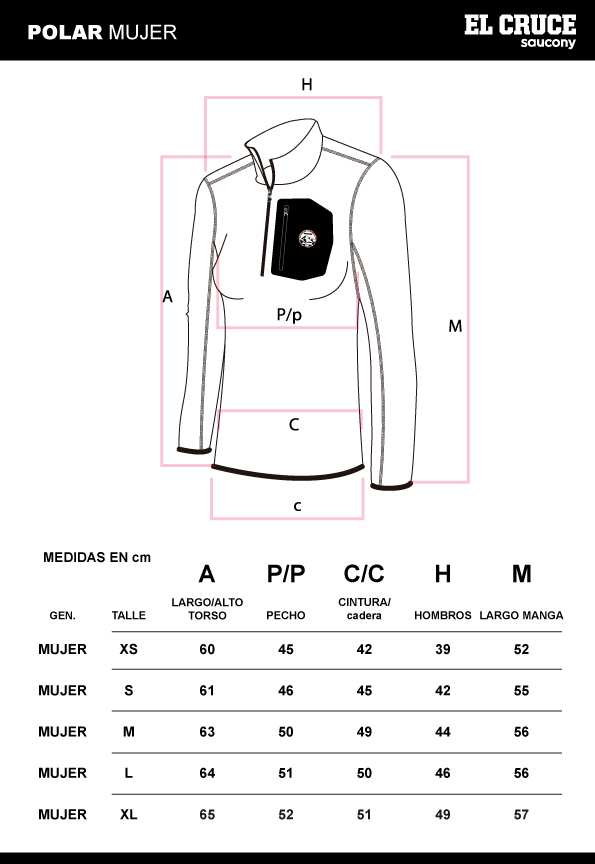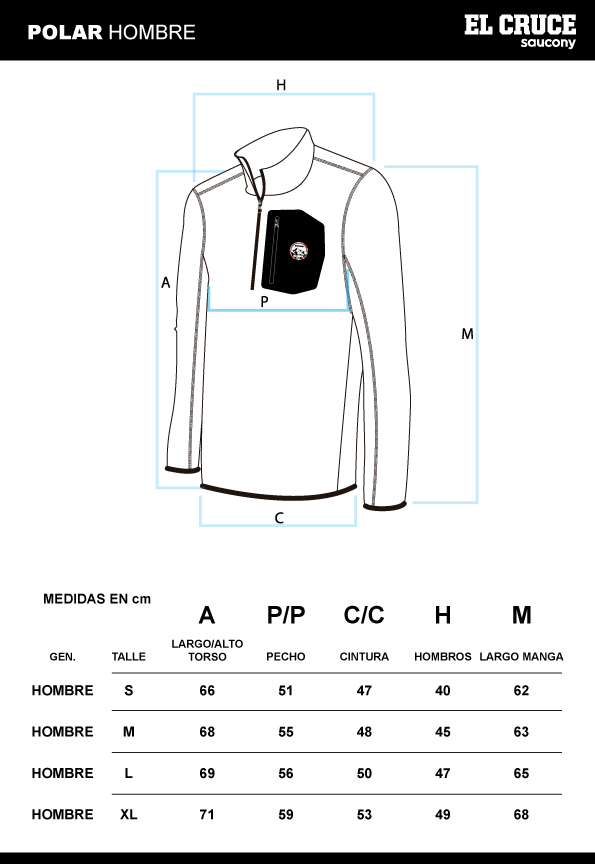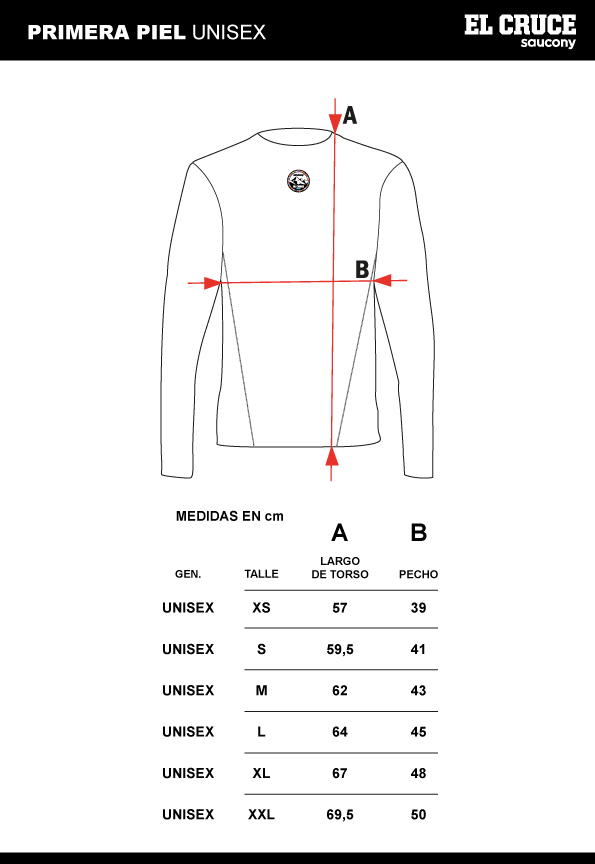NEWS AUGUST 2025
Dear El Cruce Saucony runners, El Cruce Saucony 2025,
We hope you are training with enthusiasm and planning every detail for this great adventure ahead!
On our side, we are already working intensively, with new ideas, logistical improvements, and huge excitement for the courses and camps we have specially selected for this edition. We assure you that 2025 will be an unforgettable experience.
This year, new sponsors will join us, providing services and benefits designed to make each runner’s El Cruce experience more comfortable, safer, and more exciting. We are also continuing to expand the Club de Corredores team, incorporating passionate and highly experienced people who are committed to excellence in organizing El Cruce.
We would like to make a very special acknowledgment: the volunteers. In every edition, their dedication and warmth generate admiration. In 2025, we have decided to double the volunteer team, convinced that their presence makes a huge difference. More than 1,200 people will be working before, during, and after the 9 days of the race. A true family dedicated to this adventure!
In addition, we are proud to share that there are already registered runners from 42 countries. Hosting more than 1,400 international runners is both a tremendous challenge and a great joy.
Finally, we are excited to announce that La Etapa, which was born in 2024, continues to grow. With more runners and new distances, it will take place on November 30, one day before Group 1 starts. We invite everyone in Villa La Angostura to come and enjoy the starts and finishes, which will be held in the same location as the race packet pickup.
El Cruce 2025 Format
STAGE 1
- Start: Villa La Angostura town center
- Finish: Camp 1
The Stage 1 start will be in waves according to the time requested in the registration form. This benefits all runners by allowing them to run more comfortably.
STAGE 2
- Start: Camp 1
- Finish: Camp 2
Start order will be based on net time from Stage 1.
STAGE 3
- Transfer by bus from Camp 2 to the Stage 3 start
- Finish: Villa La Angostura town center
Start order will be based on general classification from Stages 1 and 2.
Courses
As in every edition, El Cruce’s routes will change for 2025. This is part of the race’s spirit: discovering new landscapes, taking on new challenges, and respecting the natural spaces we are privileged to pass through.
At the express request of private landowners and local communities, the routes will not be published until the day before the start. This is essential to preserve the environment, honor the agreements that grant us access to these areas, and ensure respect for places that, in many cases, are not open for use outside the race.
Participation in El Cruce does not grant the right to train or enter these areas beforehand. Some sections are restricted year-round, while others are only accessible in a controlled manner during the race. We kindly ask you to join us in honoring this commitment to communities and the environment.
Regarding terrain: the 2025 courses will mostly include technical trails and high-mountain sections, as well as roads near Villa La Angostura. As always, they will be challenging routes with breathtaking landscapes and conditions that require both physical and mental preparation.
We recommend carefully reviewing the distances and elevation profiles to understand what you will be facing.
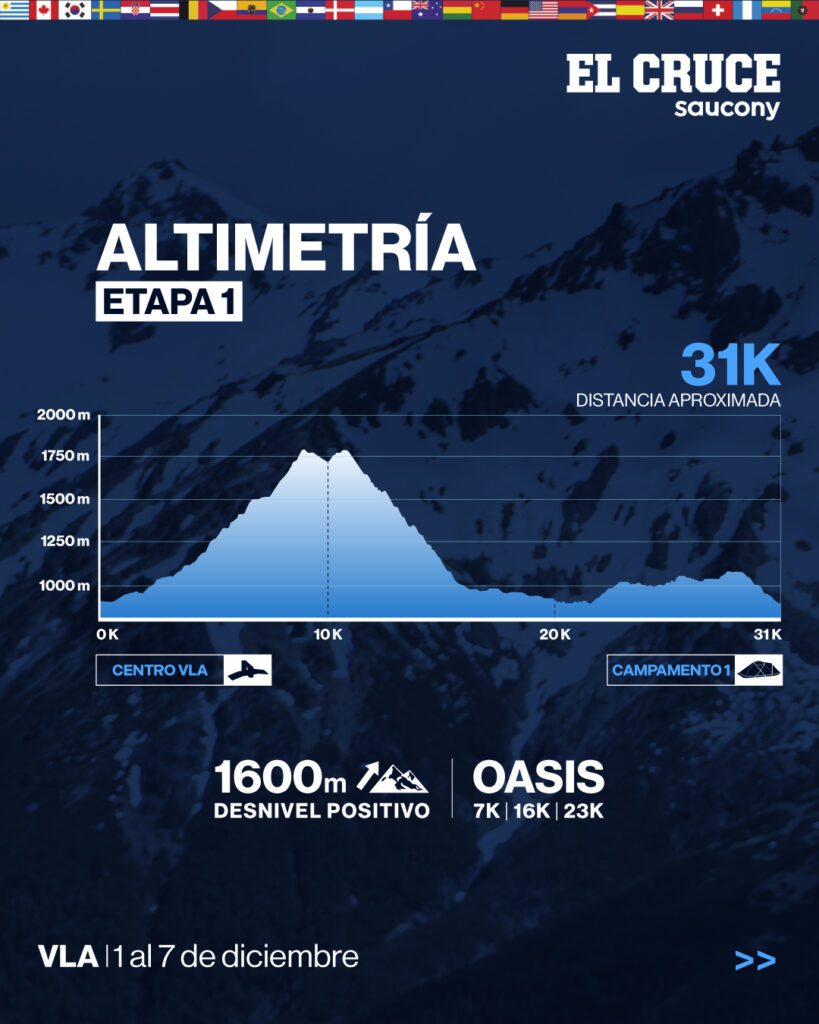
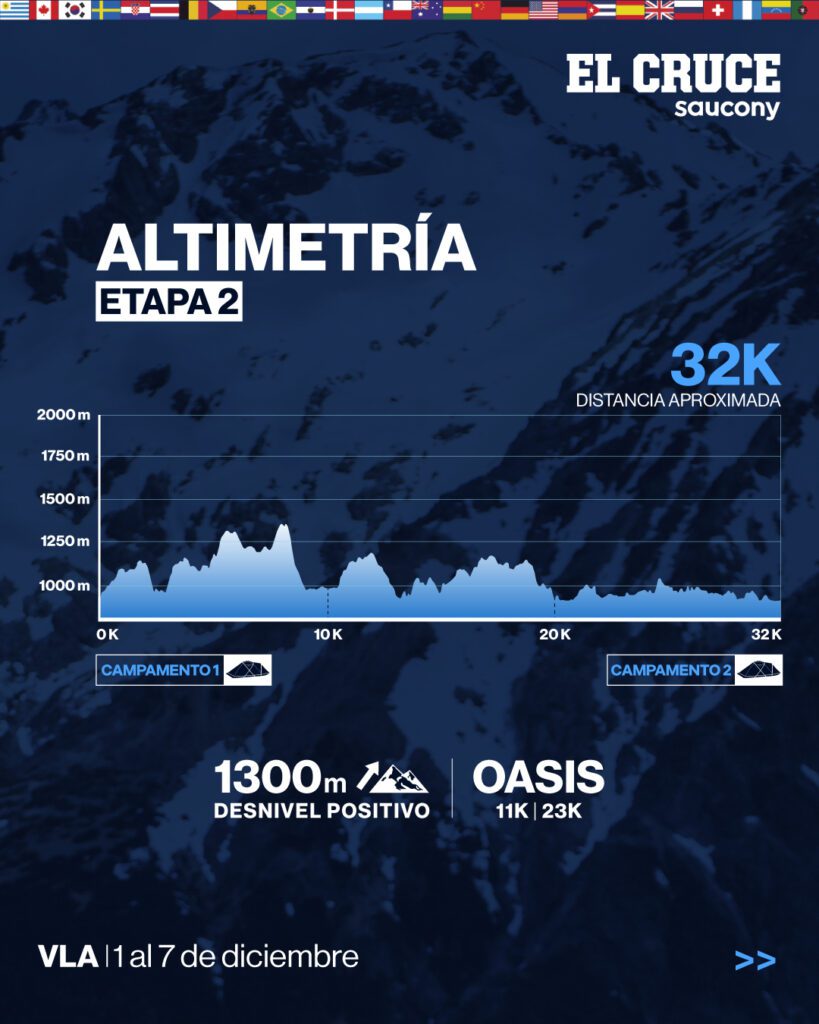
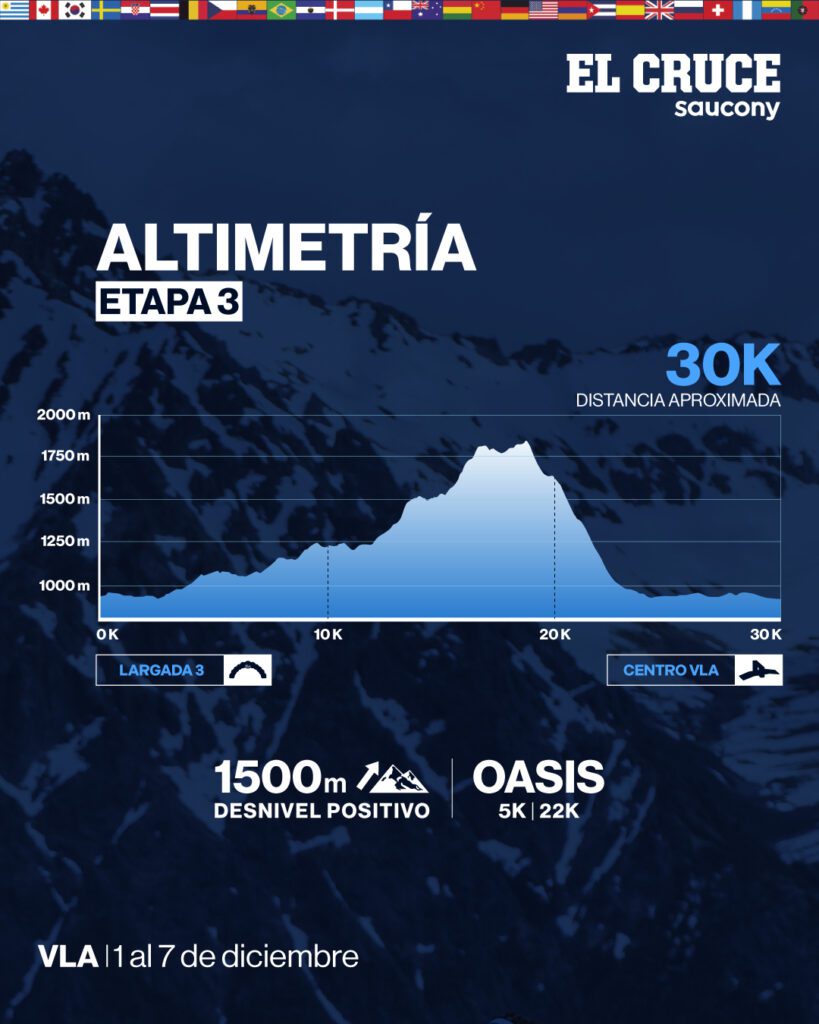
Oasis
- Fruits: Banana, Orange, Watermelon, and Melon
- Savory Snacks: Breadsticks, Peanuts, Chips, and Crackers
- Sweet Snacks: Chocolate-covered Peanuts, Candied Peanuts, and Cookies
- Quince Paste and Bread
- Cold Drinks: Water, Gatorade, Coca-Cola, and Fruit Juice
- Hot Drinks: Coffee and Soup
For environmental care and commitment, no cups or plastic bottles will be provided at aid stations. Please remember to bring the reusable cup included in your race kit.
Per Stage:
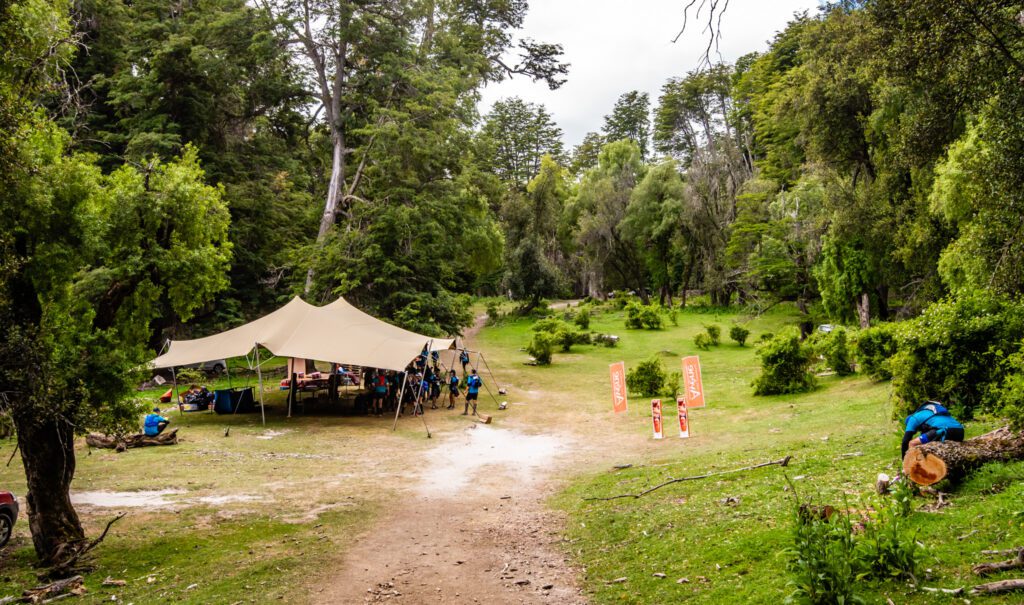
Stage 1
Oasis A: km 7
Oasis B: km 16
Oasis C: km 23
Stage 2
Oasis D: km 11
Oasis E: km 23
Stage 3
Oasis F: km 5
Oasis G: km 22
In case of route changes or Plan B, aid station locations may be modified.
Bad Weather | Extreme Weather
Patagonia is as stunning as it is unpredictable, and those who choose to live this experience know that the weather can be as challenging as the terrain itself.
Both the organization and runners choose to be outdoors. Nobody enjoys a camp in bad weather—especially after hours of mountain running.
We must be aware that this is the activity we chose, and in hostile weather, it will be tough.
1.- Rain or drizzle: One of the most common (and sometimes most difficult) mountain conditions. Mandatory gear is essential. Once in camp, remember that not everyone will be able to sit under a large tent. In bad weather, you will likely need to spend time inside your personal tent.
There will be no designated spots for drying wet clothes. Dry clothing should be stored in waterproof bags inside your camp bag. Sometimes, you may have to reuse wet clothes the next day or wait for the rain to stop to dry them.
Your waterproof jacket is basic gear—even if the day starts clear. Keeping your warm clothing dry will make a huge difference in recovery and rest.
2.- Rain or drizzle with wind:Same as above, but you will be colder. Stay dry with a good rain jacket and avoid unnecessary exposure to the cold.
3.- Rain, snow, or extreme windWhile December is not a period of heavy rain or extreme winds, in Patagonia anything is possible. If safety is at risk, the organization will activate Plan B or Plan C.
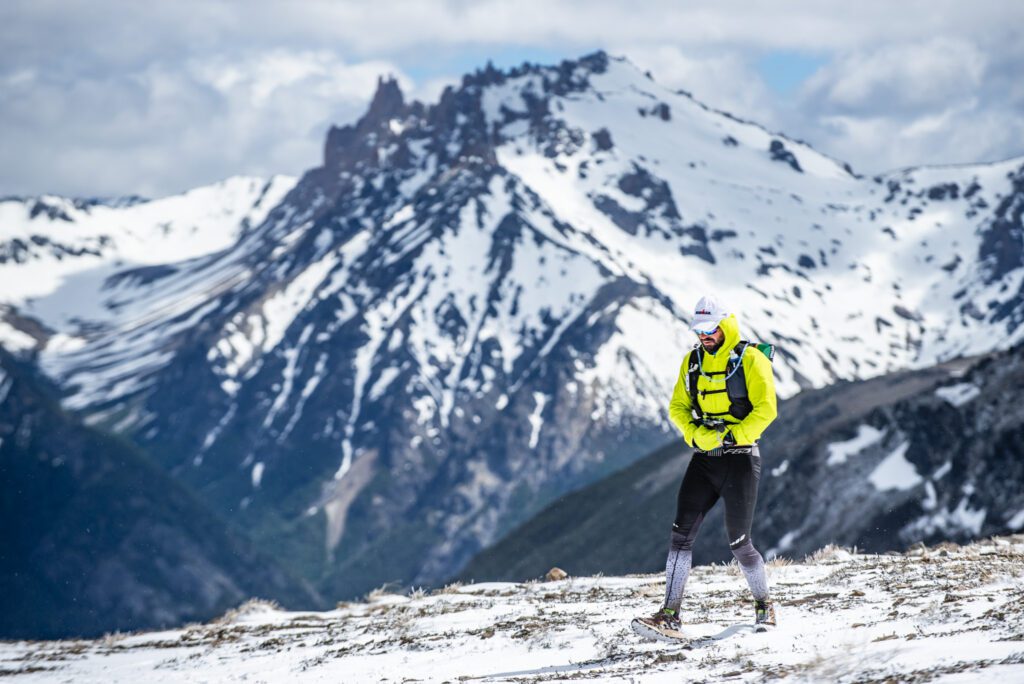
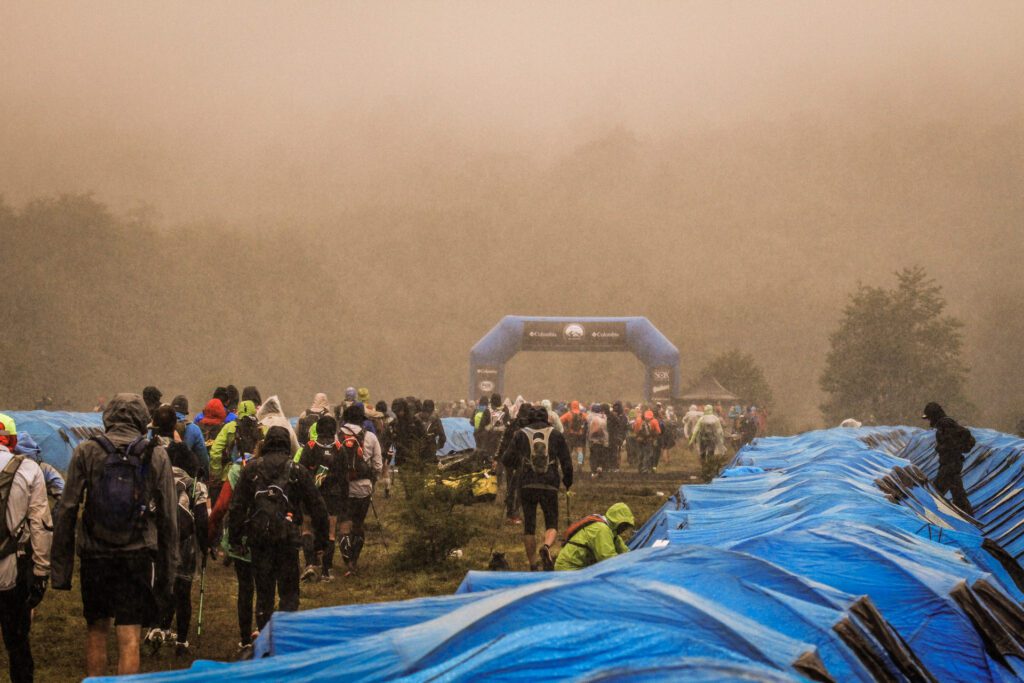
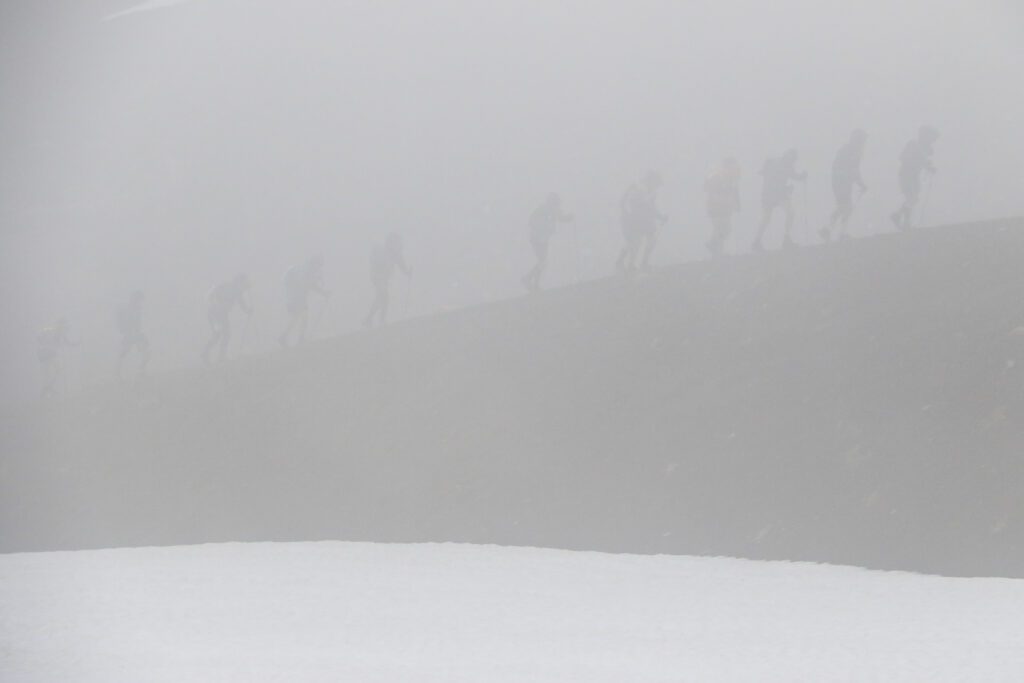
Plan B.
We have a Plan B in case extreme weather conditions require evacuating the camps. In this scenario, participants will be transferred to an indoor gymnasium, where they can spend the night with their sleeping bag on an inflatable mattress.
Those who wish may also book a cabin, hotel, or hostel at their own expense. In this case, the organization’s buses will drop you off at the Villa La Angostura bus terminal, from where each runner will need to reach their reserved accommodation. This cost will be covered by the runner. An updated list of available lodging, with current capacity, will be provided to help with reservations if this plan is activated.
In more complex situations, such as the simultaneous evacuation of both camps, spending the night in the gyms—or even temporarily inside buses—will also be an option, organized and coordinated by the staff.
Cut-off Times and Withdrawals
It is important to keep in mind the cut-off times and withdrawal rules already communicated.
We are sharing the links again for reviewing this information:
KIT de Corredor
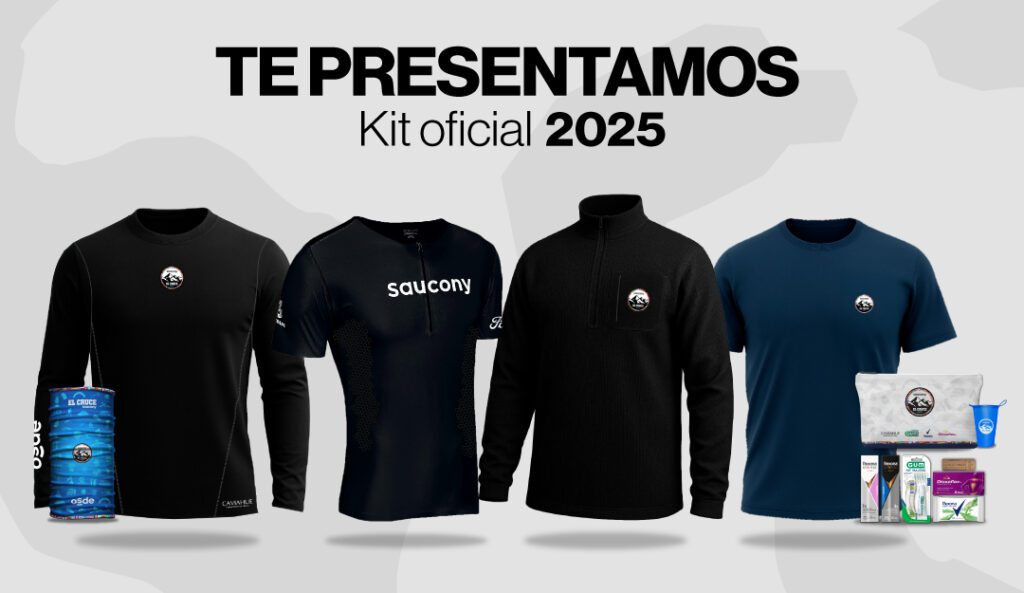
Travel: Logistics and Accommodation
A key part of fully enjoying El Cruce is arriving with good prior organization. This is not just another race—it involves complex logistics before, during, and after the event. We recommend not leaving these matters to the last minute. Every detail you settle in advance will give you more peace of mind and enjoyment when the time comes.
We suggest arriving in Villa La Angostura at least two days before your start date. This will allow time to adapt to the environment, complete your check-in calmly, and have a margin for any travel setbacks. The closest airport is San Carlos de Bariloche, located 80 km away, with several airlines offering multiple flights. From there, you will find different transfer options, such as minibuses, buses, or taxis, which you can hire for your trip to and from Villa La Angostura. Another option is Chapelco Airport (San Martín de los Andes), 140 km away. Transfers from there are more limited, so if you choose this option, we suggest renting a car with 3 or 4 other runners to share expenses and gain more flexibility.
When booking accommodation, pay attention to an important detail: during the race, you will spend two nights in the camps, away from your base lodging in Villa La Angostura. Therefore, when booking hotels, houses, or cabins, we recommend finding options that allow you to avoid paying for those two nights you will not be using the room. Some accommodations may not accept split-day reservations, but many will if asked in advance. Remember: on the day you leave for camp, you will depart very early and return to Villa La Angostura only two days later, in the afternoon.
Accreditation
Accreditation in both Buenos Aires and Villa La Angostura will be by appointment, which will be available in the days leading up to your start.
Buenos Aires:
October 21 to November 8 – Club de Corredores, Av Monroe 915 CABA.
If you check in at Buenos Aires, you will only need to pick up your wristband in Villa La Angostura with a quick turn.
Mar del Plata:
November 8 – Run & Bike store Location
If you check in at Mar del Plata, you will only need to pick up your wristband in Villa La Angostura with a quick turn.
Villa La Angostura:
The day before your designated start.
1st step | With appointment: Convention Center Location
2nd step | Cef 7 Gym - Location
Both places are in the center of Villa La Angostura, 800 meters apart.
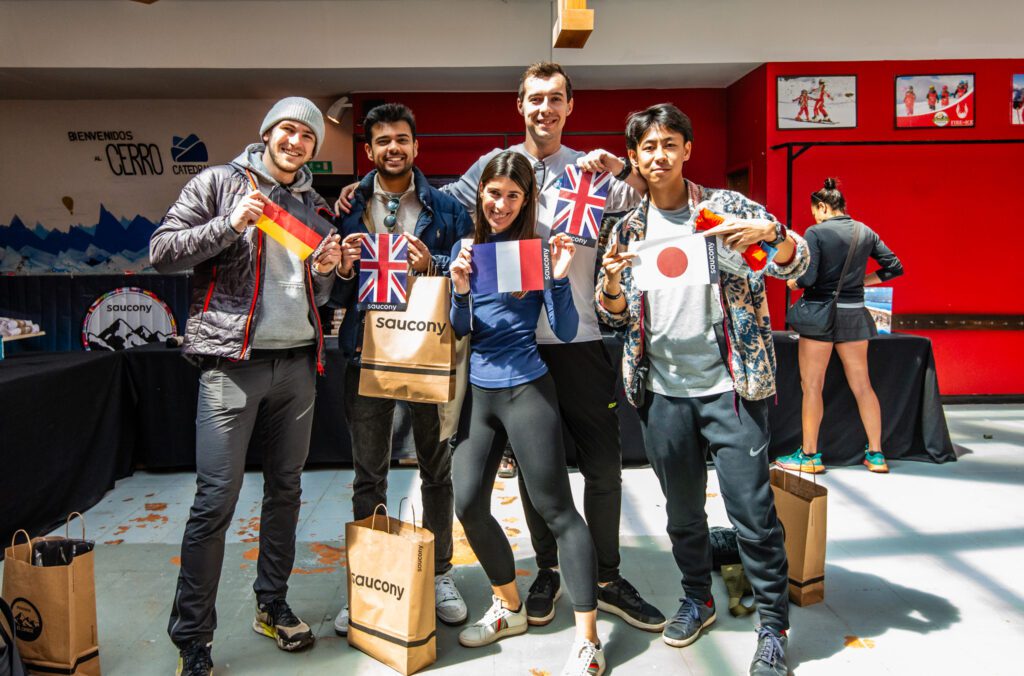
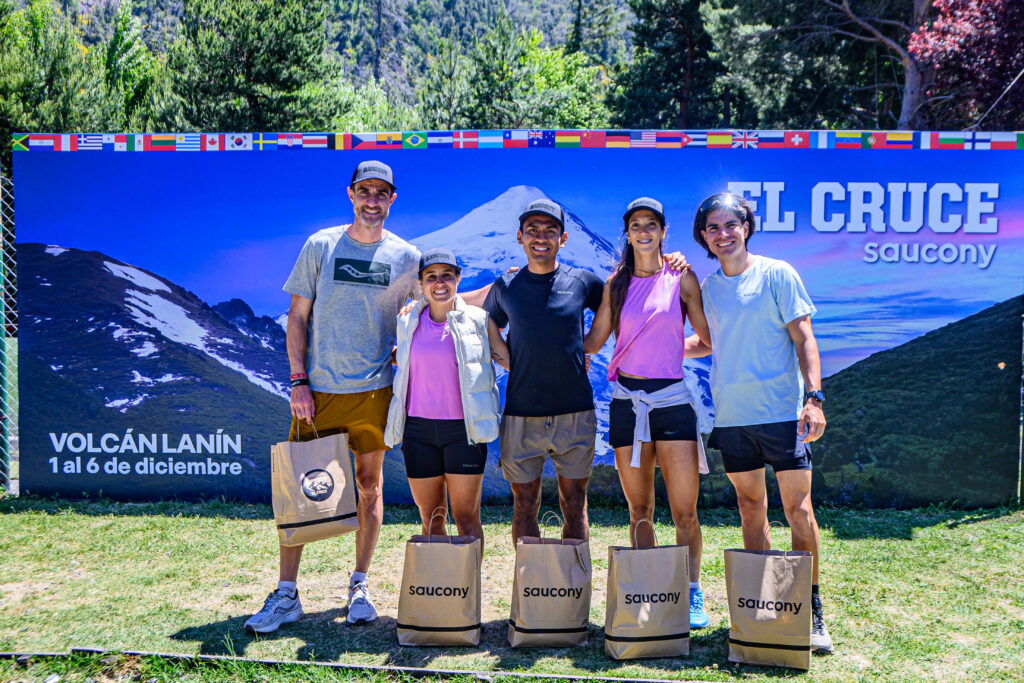
Luggage Storage
Another important logistical aspect: bags not used during the race—such as those containing casual clothes, personal items, or pre/post-race gear—can be stored with the organization. These must not be your camp bag, but rather items you will not need during the event.
For those whose accommodations cannot store their bags, there will be a designated space to leave them either the day before or the morning of your start. You can collect them at the finish line in the same area where you arrive. This service is designed so that each runner has only what is necessary during El Cruce without worrying about the rest of their belongings.
Wristband
Each runner will receive a wristband with a chip, which must be worn during accreditation and throughout the race. This wristband will allow you to check in and will be essential for activities at the camps.
It will also be used to purchase extra drinks or snacks in the camp, as well as any additional camp services. Purchases made during the event will be paid when you pick up your bag in Villa La Angostura.
Payment methods: cash (pesos, dollars, or euros), credit/debit card, or Mercado Pago.
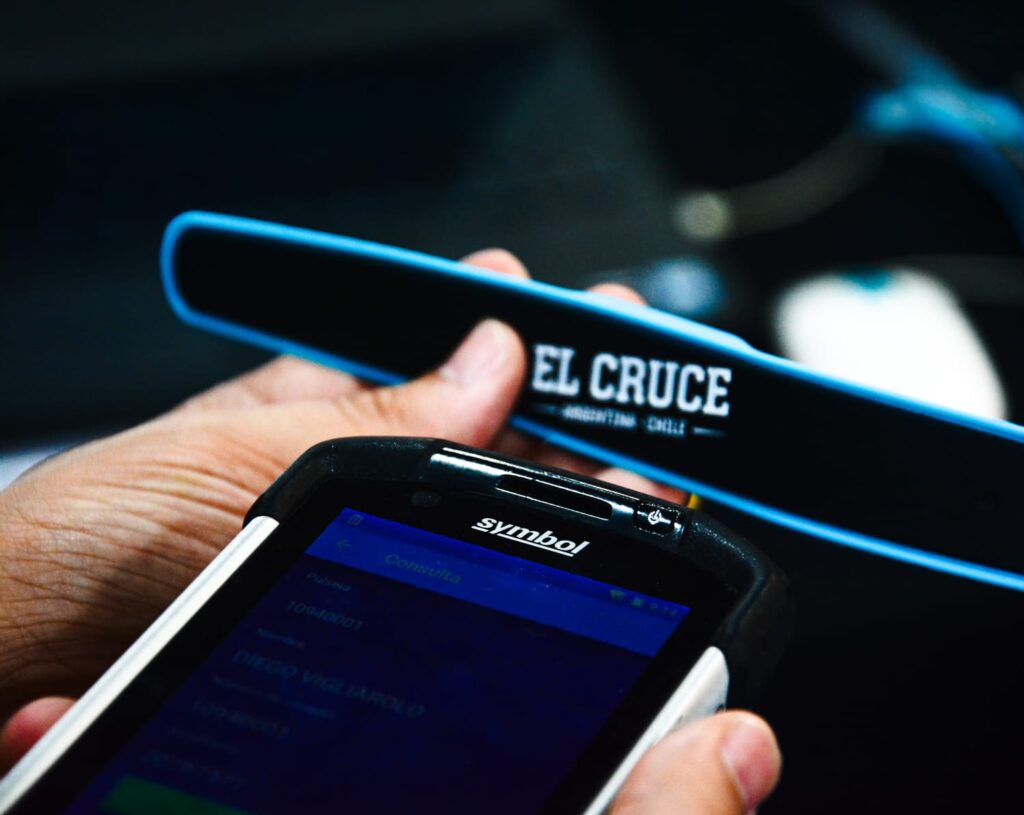
Registration Form
Desde el 28 de agosto hasta el 22 de septiembre From August 26 to September 16, participants must complete the online form. The information in this document is very important, as it will allow for smoother logistics for every runner.
You can edit this form until the closing date.
This form can be edited until the closing date.
What is the form for?
- Verify your personal details
- Select kit pick-up location
- Reserve apparel sizes
- Camp tent group arrangements
- Rental requests
- Individual tent
- Sleeping Bag
- Bivvy Sack
- Inflatable Mattress
- Camp chair
- Massage and/or recovery boots
- Additional items
- Additional T-Shirt
- Your El Cruce photo package
- Your El Cruce book
- Personalized bib printing
- Merchandise items
- Complete medical and dietary information
- Indicate estimated race time for start wave organization
Rentals
Rentals and Optional Services
For those seeking more comfort during the experience, the organization offers optional rentals, which can be arranged through the online form.
Individual Tent: Normally, runners share a tent in Camp 1 and Camp 2, but those who prefer to sleep alone may rent an individual tent. Quantities are limited; once sold out, a waiting list will be opened.
Es importante saber que la cantidad de carpas individuales es limitada y, una vez completado el cupo, se habilitará una lista de espera para nuevas solicitudes.
Inflatable Mattress: Delivered directly to your tent before arrival. Spare mattresses will be available in case of punctures or air leaks, with night staff on hand for assistance.
Sleeping BagRented sleeping bags must be collected during accreditation and returned at the end of the race at Cef 7 in Villa La Angostura.
Bivvy Sack: This safety item will also be collected during accreditation and returned at the finish line.
Camp Chair: For those who want a seat outside their tent in both camps.
These services are designed to make personal logistics easier and offer more rest and warmth during your mountain days. We recommend booking early to ensure availability.
Camp Bag
The camp bag is a key element in El Cruce, and packing it requires special attention. This bag must contain everything you’ll need during the three days of racing and at the camps, so its contents should be well thought out, organized, and adapted to the terrain and weather conditions.
We recommend preparing it well in advance, using detailed checklists that include technical clothing, hygiene items, accessories, supplements, sleeping bag, spare clothes, and any other essential items. Many runners who have experienced El Cruce before have shared their own packing methods and lists, which can be very helpful for first-timers.
The ideal bag has a capacity of 100–120 liters, and should be resistant, lightweight, waterproof, and easy to carry. To make this easier, the organization has designed a bag specifically for El Cruce that meets all these requirements and will be available at a very affordable price for those who wish to purchase it.
Remember, this will be your only storage space during the race. A well-prepared bag can make the difference between a tough experience and a truly enjoyable one.
Runner’s Bag Checklist
As a guide, here is a checklist created by past participants of El Cruce from the Facebook group “La leyenda continúa” by José Luis Pepe Llanos. Packing is a personal process, but this list can be a useful reminder of the essential items you should take to the race.
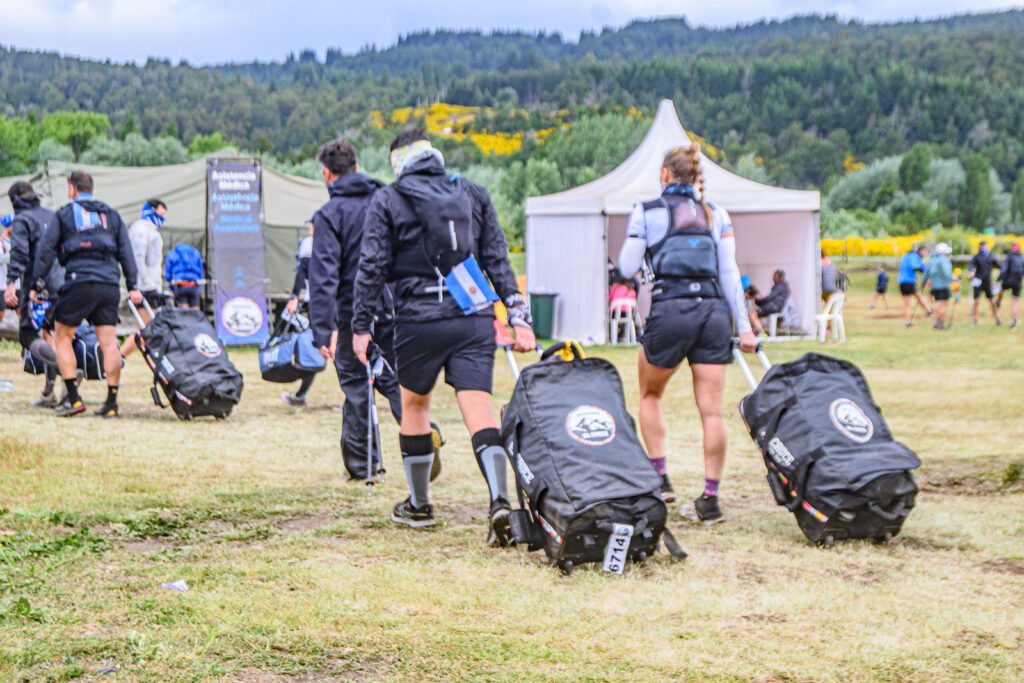
Tent at Camp
In terms of accommodation at the camps, each runner will have a tent for two people provided by the organization. Participants can choose their tentmate in advance, and that information must be included in the corresponding form.
If you don’t specify a tentmate and don’t choose an individual tent, the organization will assign another runner of the same gender to share with you.
Those who prefer an individual tent can request one for an additional cost, valid for both nights in the camps. These tents are the same model and size as the doubles but will be for individual use.
If you’re participating with friends, family, or teammates, you can request for your group’s tents to be placed together in camp, regardless of whether they are single or shared tents. To do this, you must create a group code made up of two letters and two numbers (e.g., AB12) and share it only among your group. Each member must enter this code in the form when completing their information.
New Tents
We’re excited to share that for this edition we will have 800 brand new tents, designed specifically for El Cruce and identical to those used in past editions. The tents that will no longer be used in the race will be donated to institutions in southern Argentina, reaffirming our social commitment and our support for local communities.
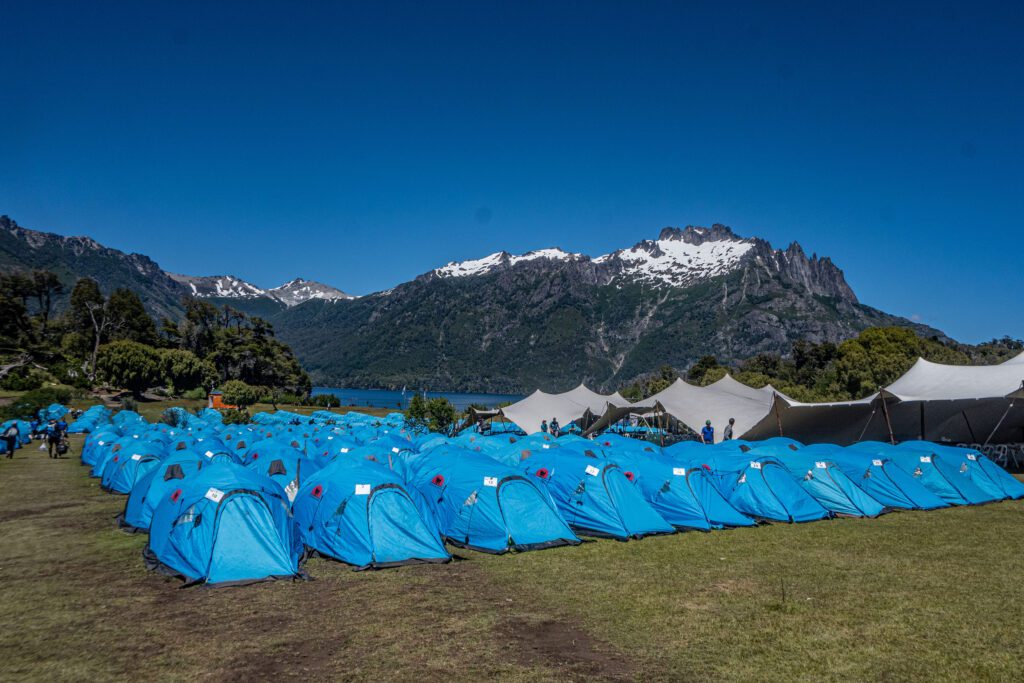
Drinks on the Course
At the stage starts, aid stations (Oasis), camp arrivals, and the finish line, we want to emphasize a shared commitment: caring for the environment..
For years, the use of disposable plastic bottles at aid stations and finish areas generated a significant amount of waste. For this edition, the organization will provide each runner with a reusable cup to be used at aid stations and finish lines. This cup will be part of your mandatory gear and will be key to significantly reducing plastic use.
If you lose it, the cup can be purchased again during accreditation or at the camps for USD 4.
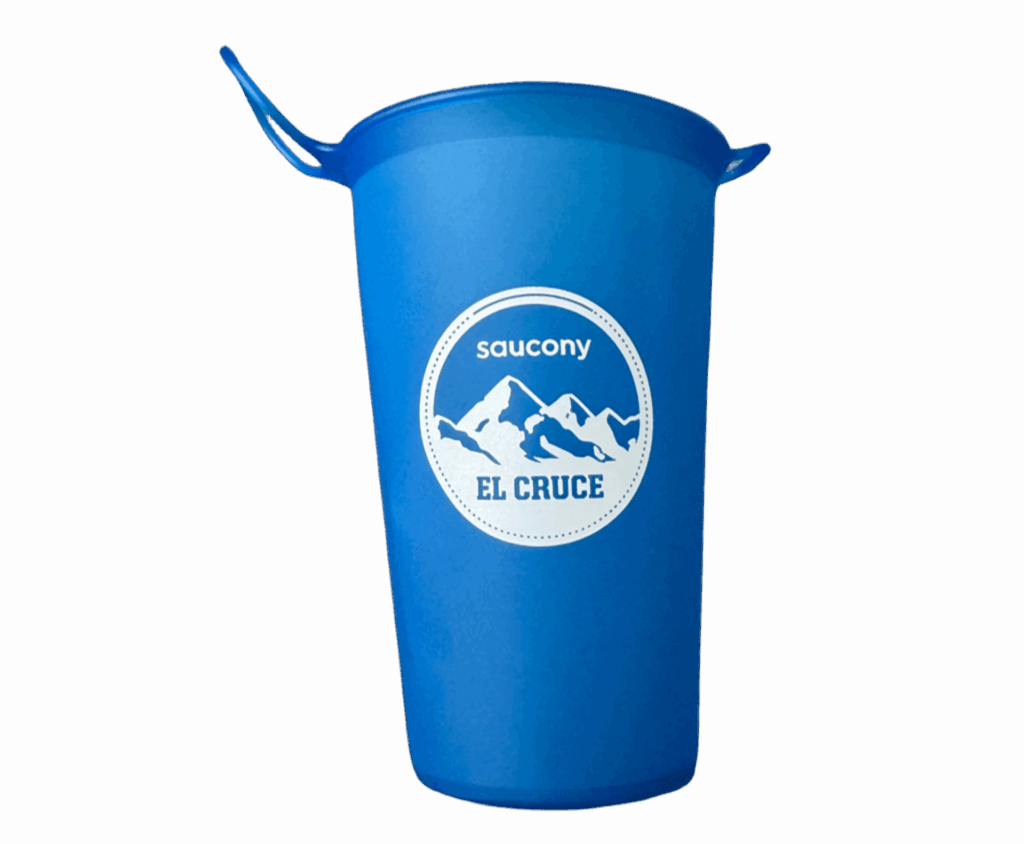
We are confident that everyone can adapt to this new habitand that taking care of the environment where we run is an essential part of the experience.
Training
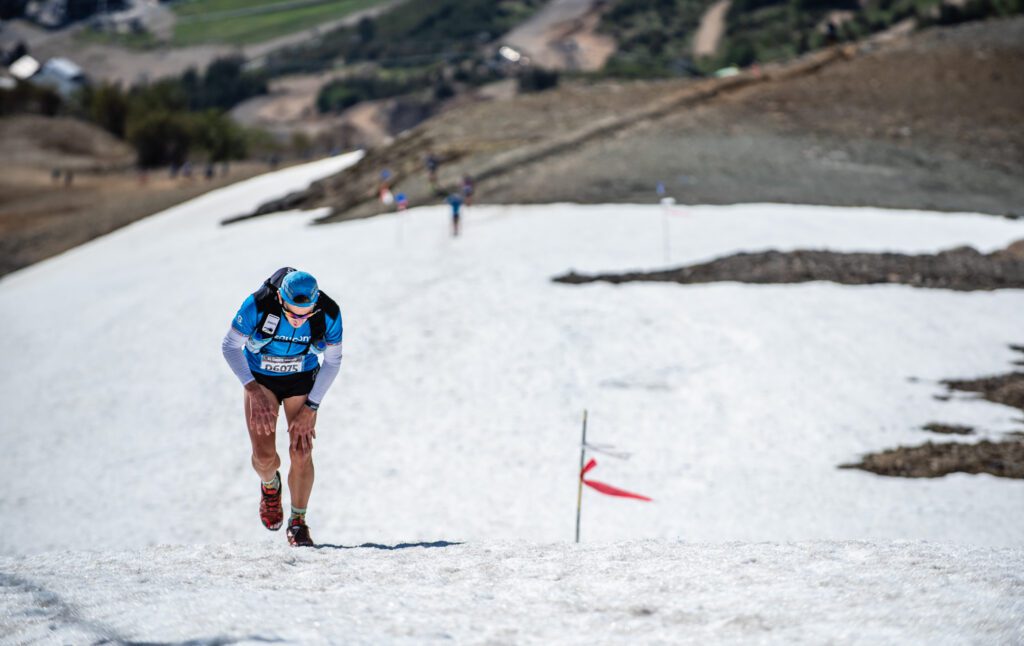
Train with commitment. Here are some tips:
1.- Train in groups – This is the best way to prepare for El Cruce. You’ll receive advice from those who have already run it, you’ll stay motivated, and you’ll feel supported over the months of preparation.
2.-Strengthen your muscles – Work at the gym or in specific strengthening classes, focusing especially on the muscles that support and complement the knees.
3.- Practice downhill running – Uphill is important, but downhills are often where you’re less prepared. Spend extra time training descents. Experience shows that most dropouts are due to downhill injuries.
4.- Train with your race gear – Wear the clothing, shoes, hydration pack, socks, hat, sunglasses, nutrition, and hydration products you’ll use during the race. This way, you’ll be used to them and avoid extra problems.
5.- Match your training to the challenge – If you only train 10K twice a week, El Cruce should not be your goal. Look for something that matches your training volume and commitment.
6.- Don’t think you can walk it – You’ll end up making excuses. El Cruce is for trained athletes; it’s not a leisure trek.
7.- Think long-term – You have several months to train; El Cruce should be in your daily thoughts now, not just in the last month.
8.- Camp experience – Have you ever slept in a tent? We don’t recommend your first camping experience to be at El Cruce.
9.- Wet feet training – Run for over an hour with wet shoes and socks at least once.
10.- Long runs – Do at least one long run a week.
11- El uso de bastones es altamente recomendado. Es fundamental acostumbrarse a los mismos durante los entramientos. Cada vez mas corredores de Elite los utilizan.
Photos
ne of the most treasured memories for runners each year is the collection of photos capturing the emotion, effort, and breathtaking landscapes of El Cruce. Four years ago, we developed a facial recognition system now used successfully in many races across the continent.
Thanks to this technology, in 2024 we achieved an average of 100 photos per runner, a number that reflects both the reach of the system and the commitment of our photography team.
For this edition, we will have 40 photographers positioned at the most spectacular and strategic points of the course, with the goal of surpassing that average and offering unforgettable images of your journey through the mountains, camps, finish lines, and unique race moments—because we know each photo is a way to relive the experience again and again.
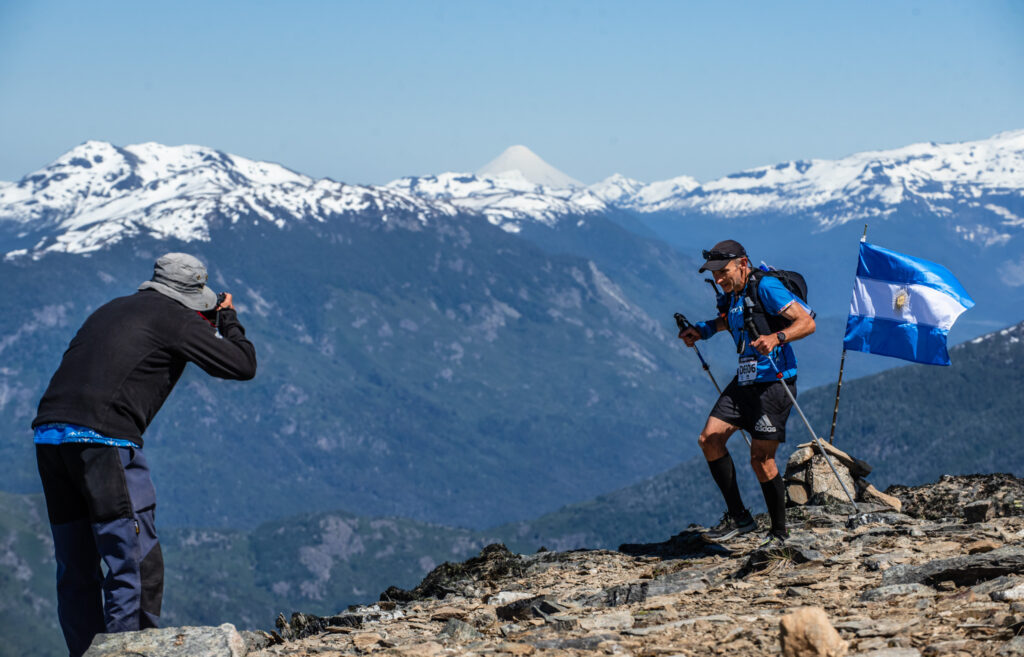
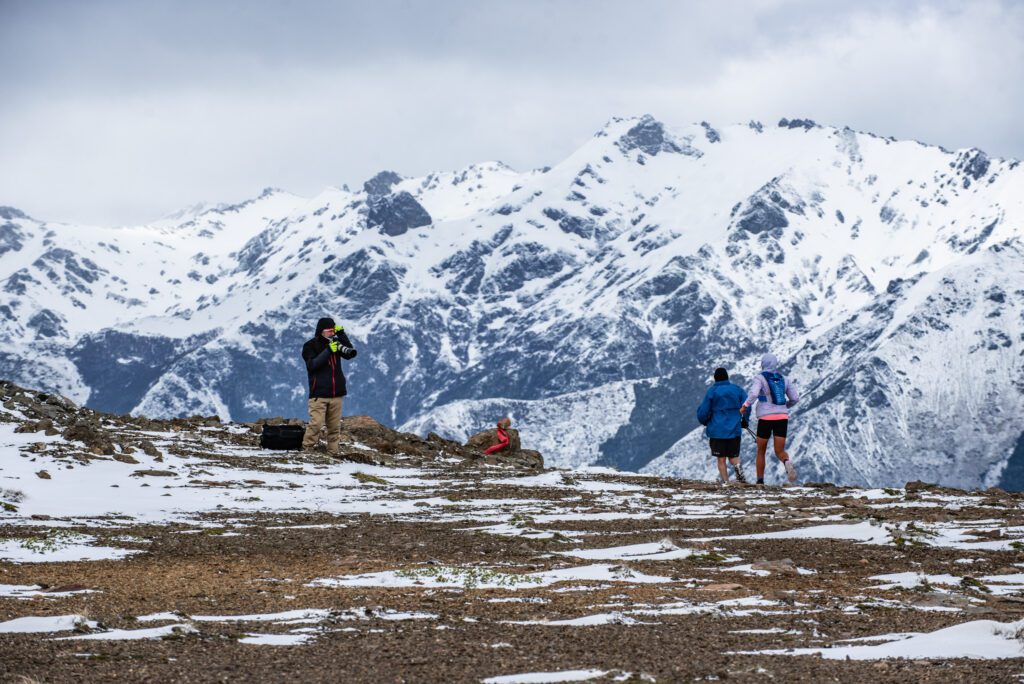
Spectators
Much of the El Cruce course crosses private land and areas belonging to local communities. The organization manages and obtains permits exclusively for runners, so it is strictly prohibited to access areas outside the authorized spaces.
Designated, authorized spots will be set where spectators can cheer for participants safely and respectfully towards the environment.
All spectators will have the option to access the Cerro Bayo chairlifts, from which they can enjoy privileged views and cheer runners in a unique setting. The organization will soon provide detailed information on chairlift prices, as well as recommended days and times to visit the mountain.
Reminder:
El Cruce camps are for runners only. No entry will be allowed to individuals not part of the organization or not properly accredited as participants.
Corredores de Elite
Texto
